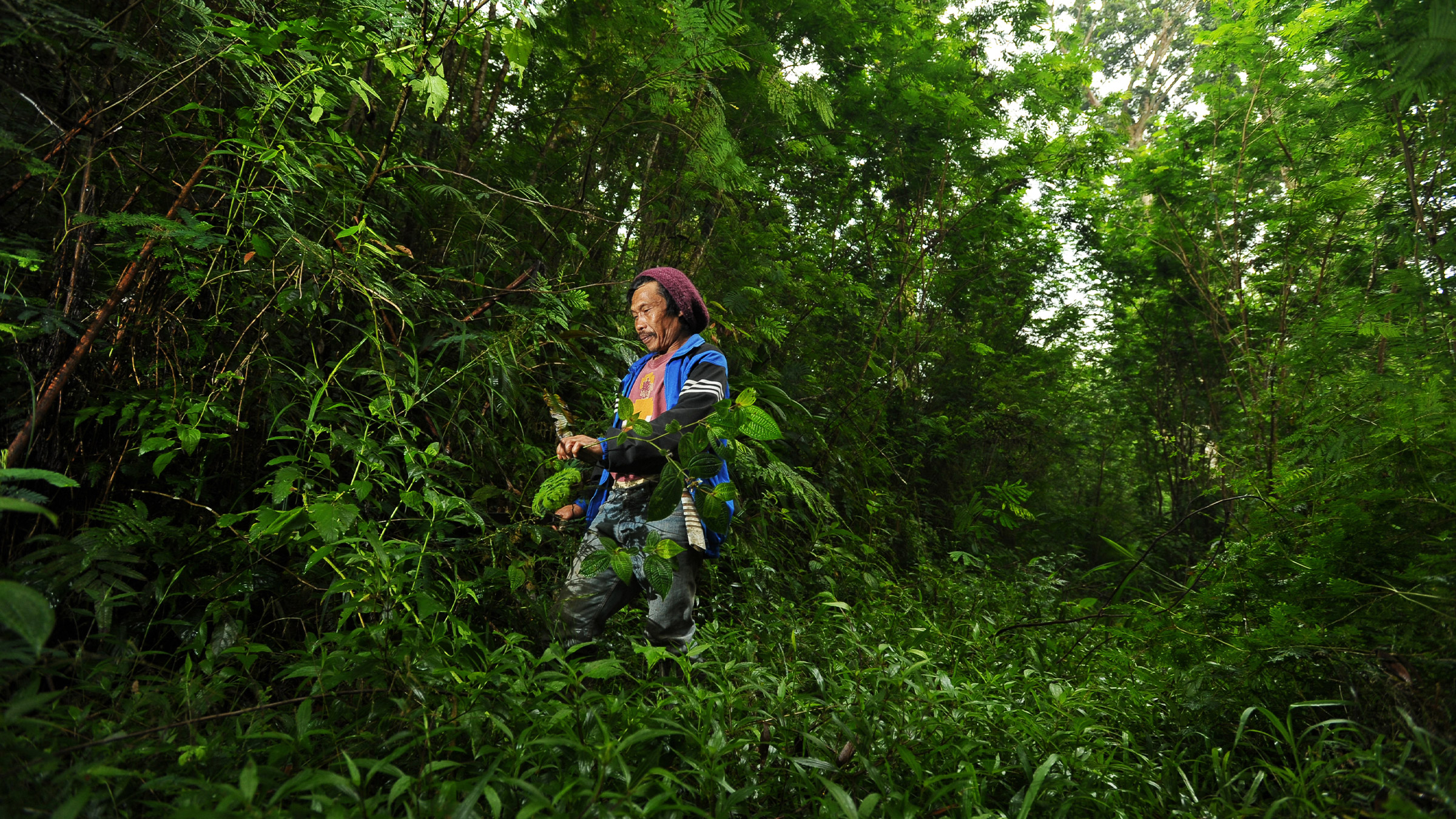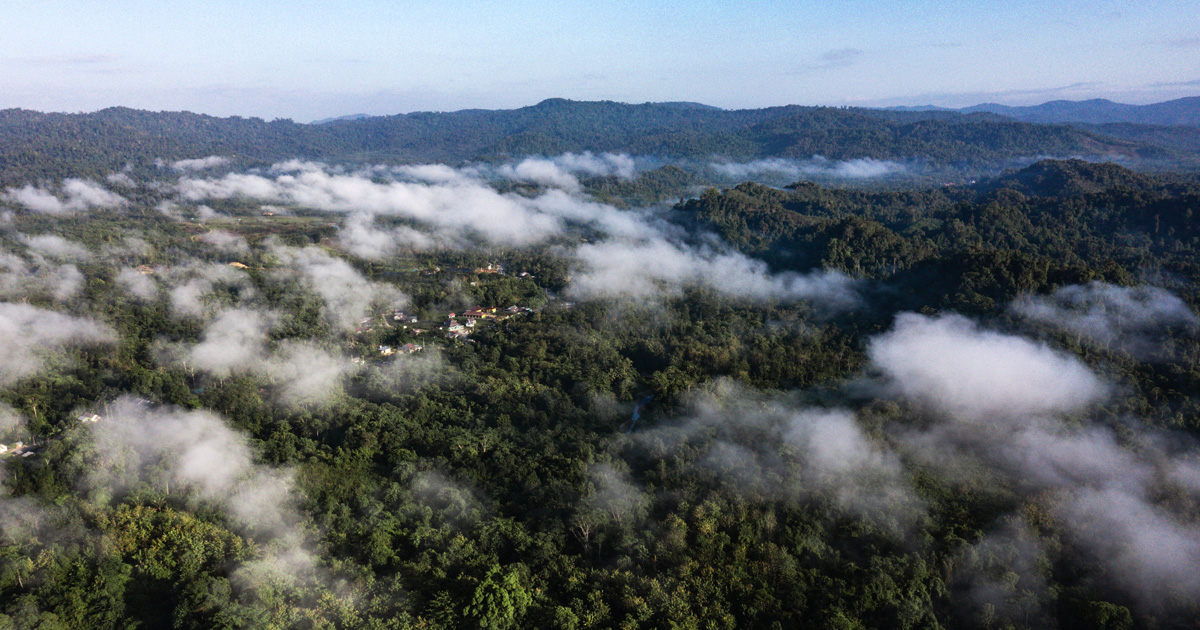
Still, proponents of the carbon credit market as a means to address climate change say it is only “a tool” that must be wielded correctly to make a difference.
“No particular policy instrument stands out as a ‘silver bullet,’ but improving the coherence and complementarity of the policy mix across government levels can enhance the effectiveness of policies — both individually and in combination,” wrote researchers Robert Nasi and Pham Thu Thuy of the Center for International Forestry Research and World Agroforestry (CIFOR-ICRAF) in a Feb. 7 commentary for Mongabay.
Nasi is CIFOR-ICRAF’s CEO, and Pham Thu Thuy is a senior scientist with the Indonesia- and Kenya-based research organization.
They note that effective carbon offset projects must accurately account for the emissions reductions it claims and that those reductions offer some improvement over what would have happened had the project’s work not taken place — what scientists call “additionality.”


















